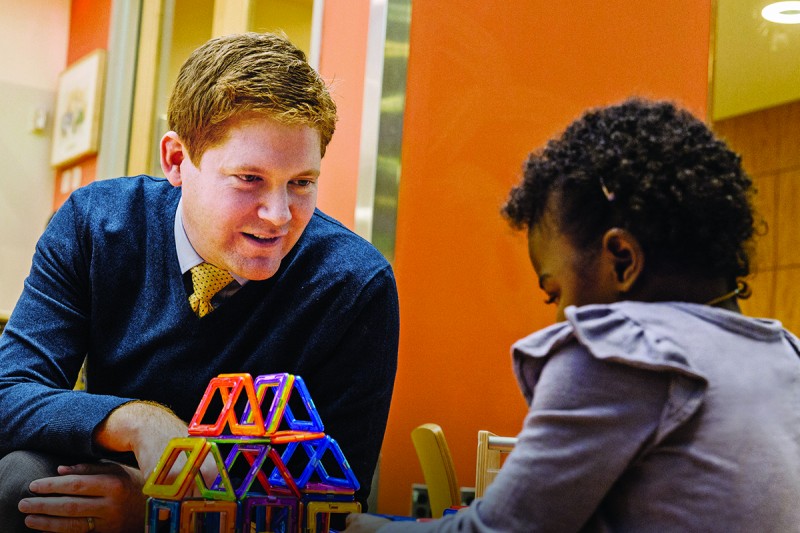
What is Lymphoma?
Lymphocytes are white blood cells in the immune system. They fight off infections so we can stay healthy. If these cells grow and multiply uncontrollably, they can form a type of cancer called lymphoma.
This information is about lymphoma in children and teenagers. Read more about lymphoma in adults.
Lymphoma is more common in adults, but it is actually the third most common form of cancer in children, after leukemia and brain tumors. In the United States, about 2,200 people under age 20 are diagnosed with lymphoma each year.
There are many types of lymphoma. At MSK Kids, we provide advanced, comprehensive care for young people with all types of Hodgkin lymphoma and non-Hodgkin lymphoma. Thanks to advances in the understanding and treatment of these diseases, approximately 90 percent of children with Hodgkin lymphoma and non-Hodgkin lymphoma now remain cancer free after treatment.
A Team of Lymphoma Experts for Your Child
If your child has been diagnosed with lymphoma, we understand your concerns. We provide you with information and support to help you make the best decisions. We assemble a team of specialists to care for your child. This includes medical and radiation oncologists, nurses and nurse practitioners, social workers, and others. We have compassion and expertise in treating children and teens with lymphoma. Together, we customize the most-effective care plan with the fewest effects on your child’s quality of life.
What types of lymphoma affect children?
There are two main types of lymphoma: Hodgkin lymphoma (also called Hodgkin’s disease) and non-Hodgkin lymphoma. Each type has several subtypes. These differ according to how lymph node tissue appears under a microscope, the cells affected, and other factors. After your child has had diagnostic testing, your doctor will let you know what type of lymphoma your child has and the best way to treat it.
Hodgkin Lymphoma
Hodgkin lymphoma most commonly affects children age 15 and older. It results in abnormal cells called Reed-Sternberg cells in the cancerous lymph node. Doctors don’t yet know what causes Hodgkin lymphoma. There is a connection between the Epstein-Barr virus, which causes mononucleosis, and Hodgkin lymphoma in many young patients.
Children and young adults with Hodgkin lymphoma usually have one of three subtypes:
- nodular sclerosis ‒ lymph nodes contain scar tissue (sclerosis), normal and abnormal lymphocytes, and Reed-Sternberg cells; this subtype affects 70 percent of children who have Hodgkin lymphoma.
- mixed cellularity ‒ lymph nodes contain inflammatory immune cells and Reed-Sternberg cells; this form is most commonly diagnosed in children younger than 10.
- nodular lymphocyte predominant ‒ abnormal lymphocytes and Reed-Sternberg cells are concentrated in the cancerous lymph node; this form is also more common in younger children.
Non-Hodgkin Lymphoma
Non-Hodgkin lymphoma in children behaves differently than in adults. It tends to be aggressive and fast-growing, and requires intensive therapy.
Four main subtypes affect children:
- Burkitt’s lymphoma
- diffuse large B-cell lymphoma
- anaplastic large-cell lymphoma
- lymphoblastic lymphoma
Low-grade lymphomas, such as follicular or marginal cell lymphoma, are rare in children.


